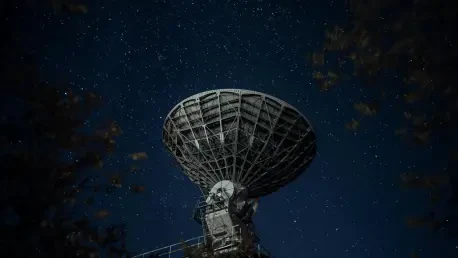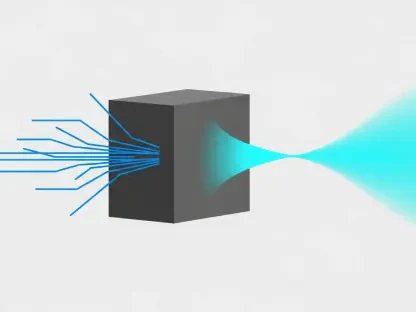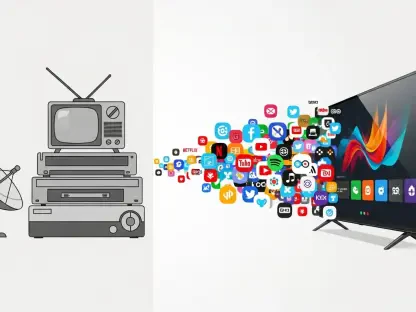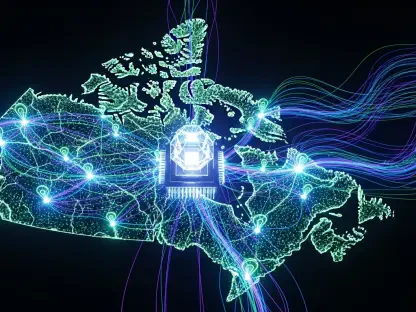Imagine a scenario where a natural disaster strikes a remote area, cutting off traditional communication networks and leaving first responders struggling to coordinate rescue efforts. This isn’t just a hypothetical challenge but a stark reality that emergency response teams face regularly. The potential of satellite technology to overcome these communication barriers offers hope for significant transformation in emergency response networks.
Pioneering New Solutions in Connectivity
Reliable communication is crucial for orchestrating rescue operations during disasters. As climate change leads to an increase in natural calamities, existing networks often face limitations. The inability to maintain connectivity in dire situations can severely hinder first responders, making the case for more resilient communication solutions urgent and compelling.
Unleashing Direct-to-Cellular Satellite Benefits
Direct-to-cellular (D2C) satellite technology emerges as a promising solution to these connectivity challenges. By providing a direct link between satellites and mobile devices, this technology ensures that communication remains uninterrupted even when conventional networks fail. Companies like AST SpaceMobile and AT&T are leading the charge in this innovation. AST’s pioneering approach involves larger satellites designed for more comprehensive coverage, setting them apart from other industry players.
Expert Insights and On-the-Ground Realities
First responders have long voiced their concerns regarding the inadequacy of current communication networks in crisis scenarios. The integration of satellite technology promises to address these issues. Statements from key figures at AST, AT&T, and FirstNet underscore this promise, revealing the strategic partnerships and plans underway to enhance emergency communication. Additionally, regulatory filings with the FCC highlight ongoing efforts to advance satellite deployment within these networks.
Steering Toward a Resilient Future
The roadmap for implementing satellite technology within first responder networks involves concrete strategies. AT&T and AST are actively working to integrate these advances into FirstNet, aiming to bridge service gaps in underserved and remote regions. A notable example of progress is the testing of BlueBird satellites, which have shown promising results in pilot programs. These efforts not only expand coverage but also strengthen network resilience in disaster-prone areas.
Embracing a New Era of Communication
The opportunity for satellite technology to revolutionize first responder networks could not be greater. The advancements made by pioneers like AT&T and AST SpaceMobile reflect a commitment to ensuring that emergency services have the necessary tools to act swiftly and effectively, even in the most challenging conditions. As these technologies continue to evolve, the vision of a fully connected and unbreakable network for first responders is becoming not just a possibility but a reality.









